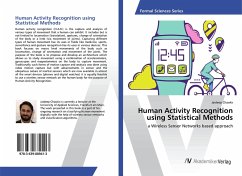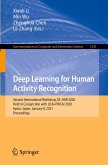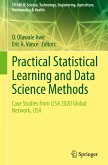Human activity recognition (H.A.R.) is the capture and analysis of various types of movement that a human can exhibit. It includes but is not limited to locomotion (translation), gestures, change of orientation of the body or a limb (via movement of joints). Capturing different types of human movement has its uses in fields like medicine, sports, surveillance and gesture recognition has its uses in various devices. This book focuses on macro level movements of the body such as locomotion, change of orientation and movement of the joints. The purpose of the book is to propose and develop an architecture which allows us to study movement using a combination of accelerometers, gyroscopes and magnetometers on the body to capture movement. Traditionally such forms of motion capture and analysis was done using video motion capture but with advancements in sensor and the ubiquitous nature of inertial sensors which are now available in almost all the smart devices (phones and digital watches) it is equally feasible to use a wireless sensor network on the human body for the purpose of Human Activity Recognition.
Bitte wählen Sie Ihr Anliegen aus.
Rechnungen
Retourenschein anfordern
Bestellstatus
Storno








